Total Communication
Total Communication at Willoughby
‘The ability to understand others, express views and contribute to personal decision making is a basic human right…’
Total Communication is a holistic view of communication, often using a range of approaches or even thinking “outside the box” to create a system of communication that works for an individual. Other definitions of Total Communication include:
-
Using any means and every means to communicate and/or receive a message.
-
Creating a best fit system of communication to facilitate an individual to communicate, optimizing their skills and reducing their impairments.
-
A “catch-all” that ensures that an individual has access to some means of communication.
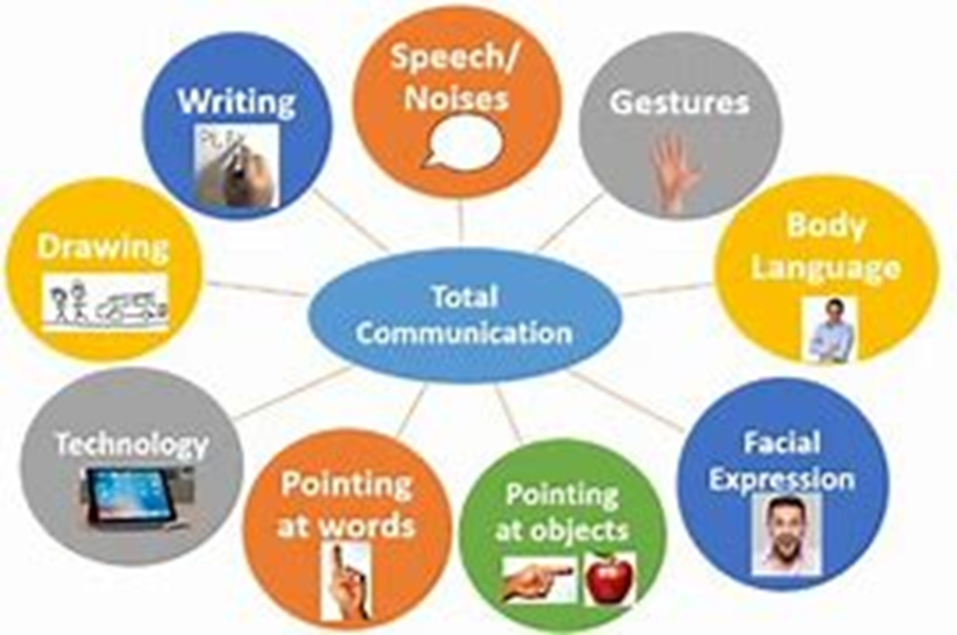
At Willoughby, we aim to provide pupils with the foundations of communication for life, without which we are restricting their potential to communicate with people beyond their immediate home or school environment. Ultimately, we want all pupils to be able to communicate in an appropriate way with as broad an audience as possible in order for them to have access to a wide range of life opportunities and to participate and contribute as fully as they can.
A total communication approach supports pupils to make choices and allows them to be involved in making decisions about their life, increasing their independence.
Willoughby uses a range of strategies and approaches, which aim to enable all pupils to develop communication strategies most appropriate to them. Our two main “catch all” whole school strategies are Makaton and the use of symbols. These two strategies are used across school, in all environments and by all staff in order to give enriched communication cues to all pupils.
Makaton is a unique language programme that uses symbols, signs and speech to enable people to communicate. It supports the development of essential communication skills such as attention and listening, comprehension, memory, recall and organisation of language and expression.
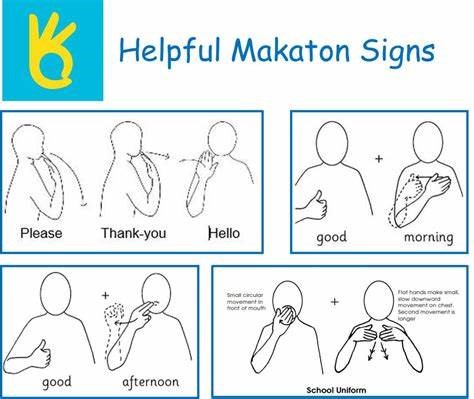
At Willoughby, we sign with the children throughout their school day using signs and speech to communicate key information. For example, if we are cueing pupils in to dinner time we would sign and say ‘dinner time’ not “now it is time for us to go to dinner” – this provides pupils with a visual cue alongside key words, minimising the amount of verbal language that needs to be processed.
We are constantly using core vocabulary with pupils to support their language development and then through each of our topics we introduce new signs and language, which extends their vocabulary further. We also have a “Sign of the Week” which helps maintain and extend key knowledge and skills of everyday vocabulary. This is also shared with parents via our weekly newsletter.
Signing whilst speaking provides pupils with additional visual cues to aid their understanding of, for example, their symbol timetable further supporting them in knowing what is happening throughout the day.
Symbols - Symbols are used everywhere - on road signs, on our phones and computers, and in public spaces to highlight everything from cafes to toilets. They help communicate ideas quickly and simply, helping us visualise and remember what we have seen.
Education materials with symbols can help pupils by making reading ability less of a barrier to learning. Activities and worksheets with symbols enable increased interaction and provide additional visual stimulation and motivation to learn. The use of symbols enables pupils to become more independent and engaged in topics through symbol-supported instructions.
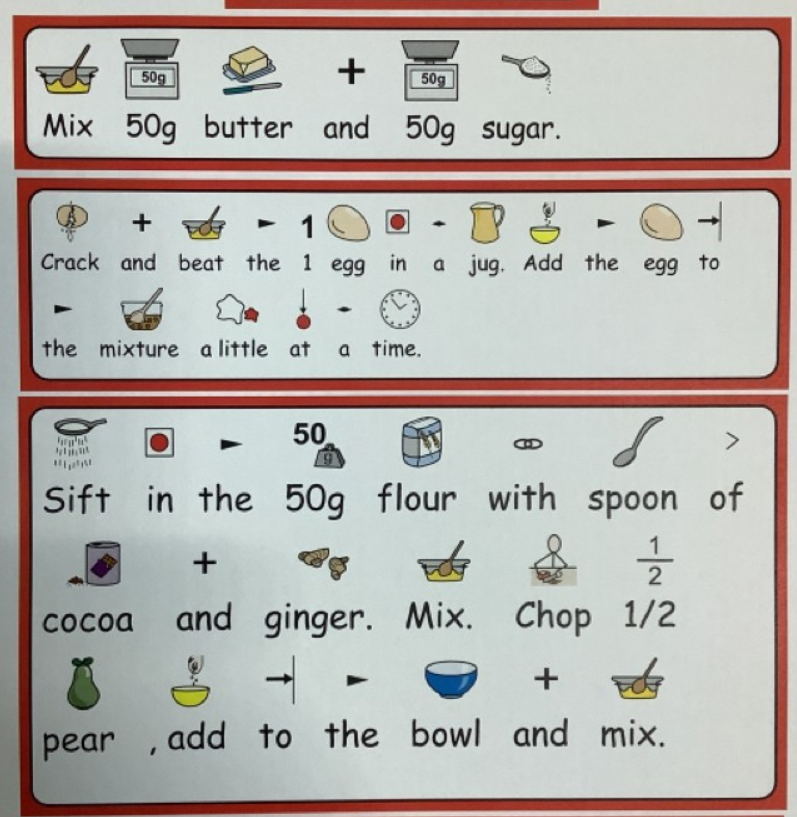
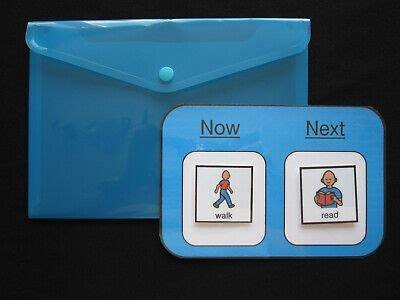
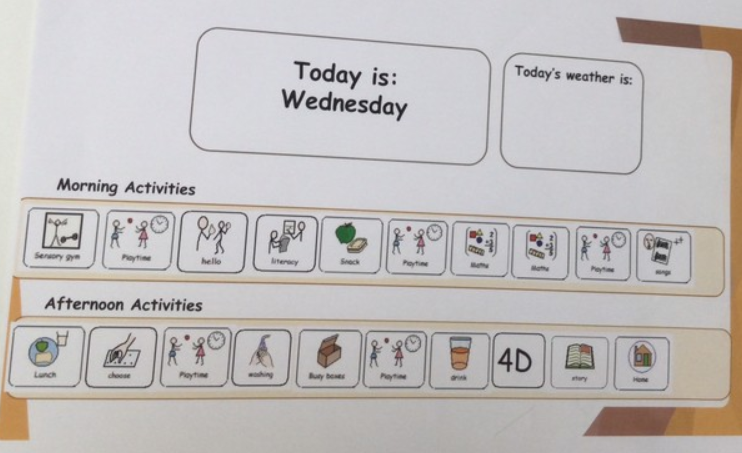
Symbols can also help explain what’s happening now and next. At Willoughby all classes have a visual timetable. This helps children to understand routines throughout the school day which can lead to reduced anxiety about what is happening next.
We use a range of strategies in addition to Makaton and symbols for pupils who require it and these are set up in conjunction with Speech and Language Therapists (SaLT). Therefore, ensuring every child has access to appropriate strategies related to their stage of development. This includes Intensive Interaction, PECS, Switch work, Eye gaze, Proloquo.
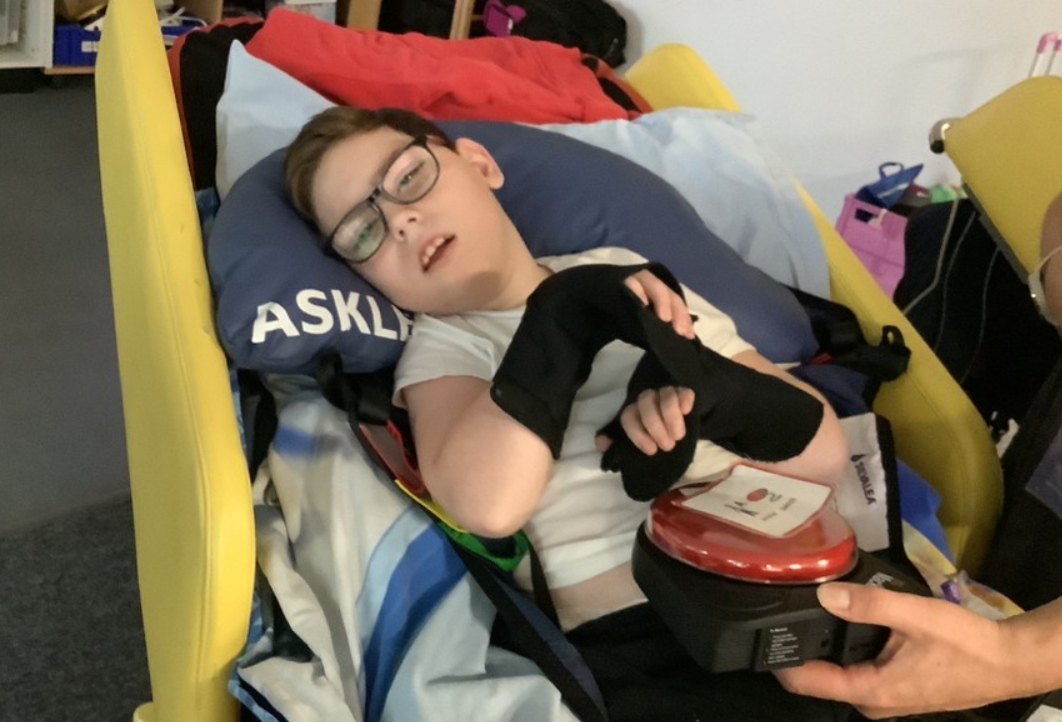 Switch work
Switch work 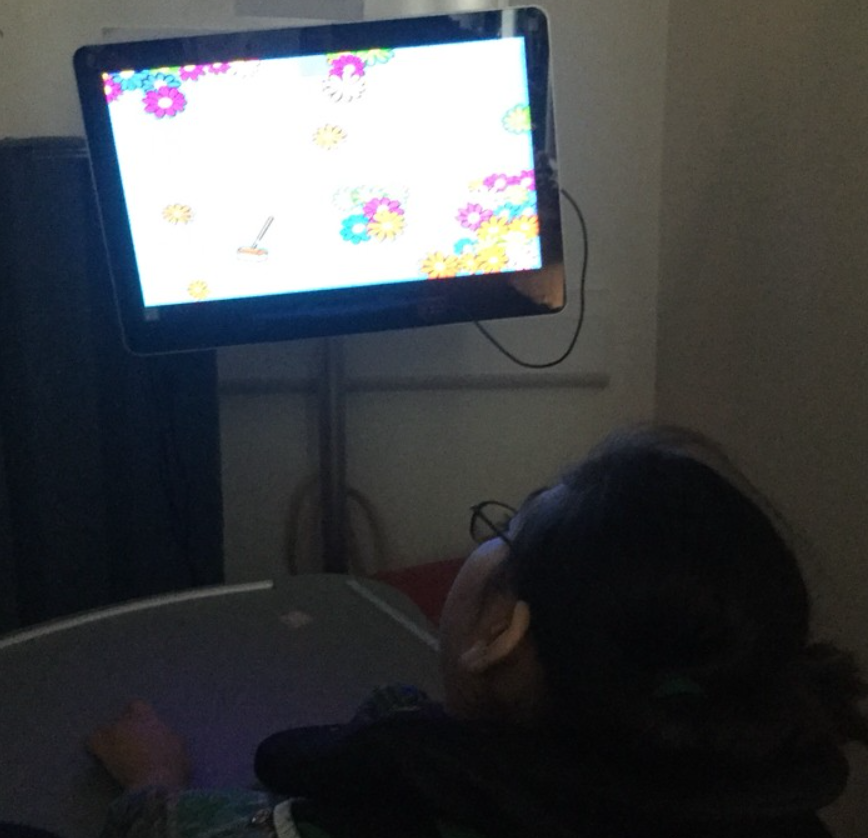 Eye gaze
Eye gaze 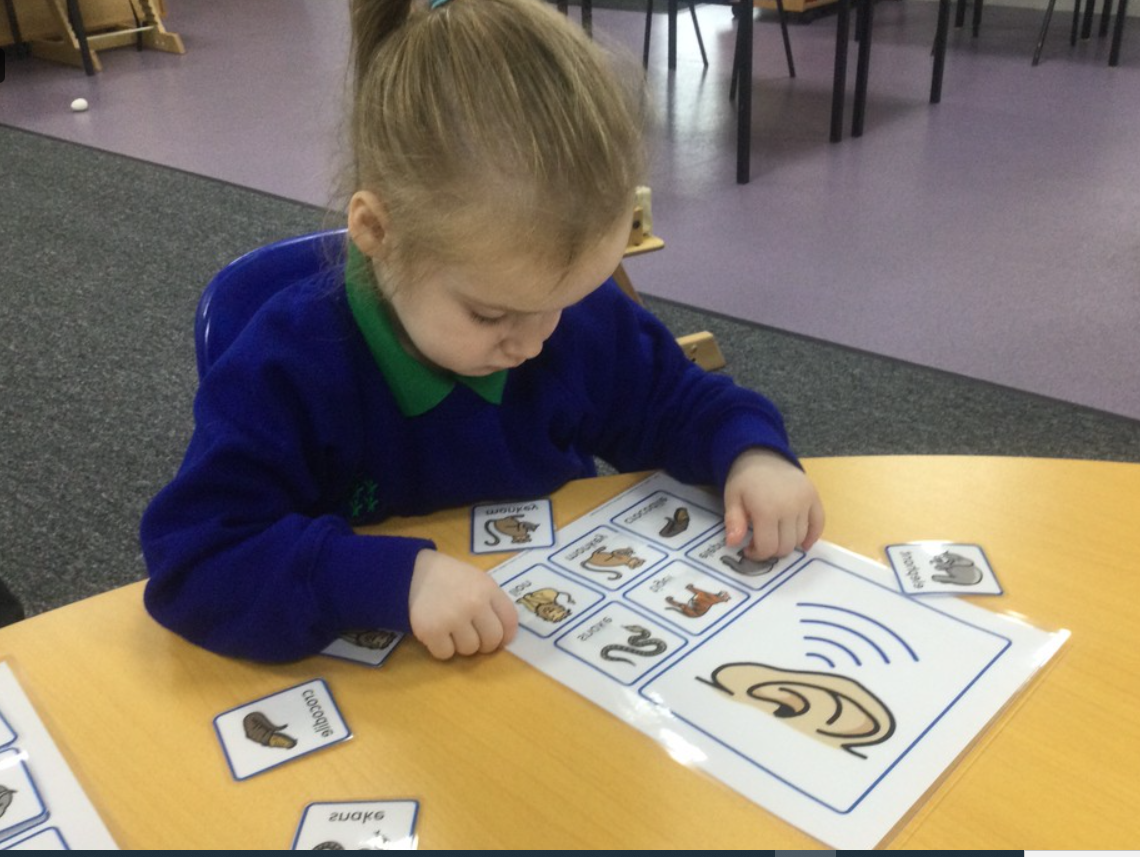 Symbol
Symbol 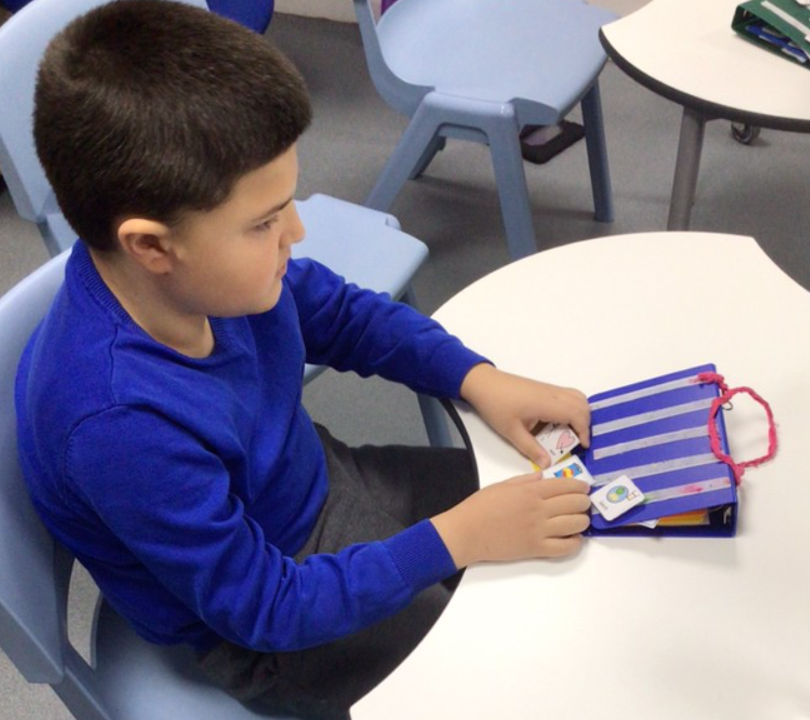 PECS
PECS 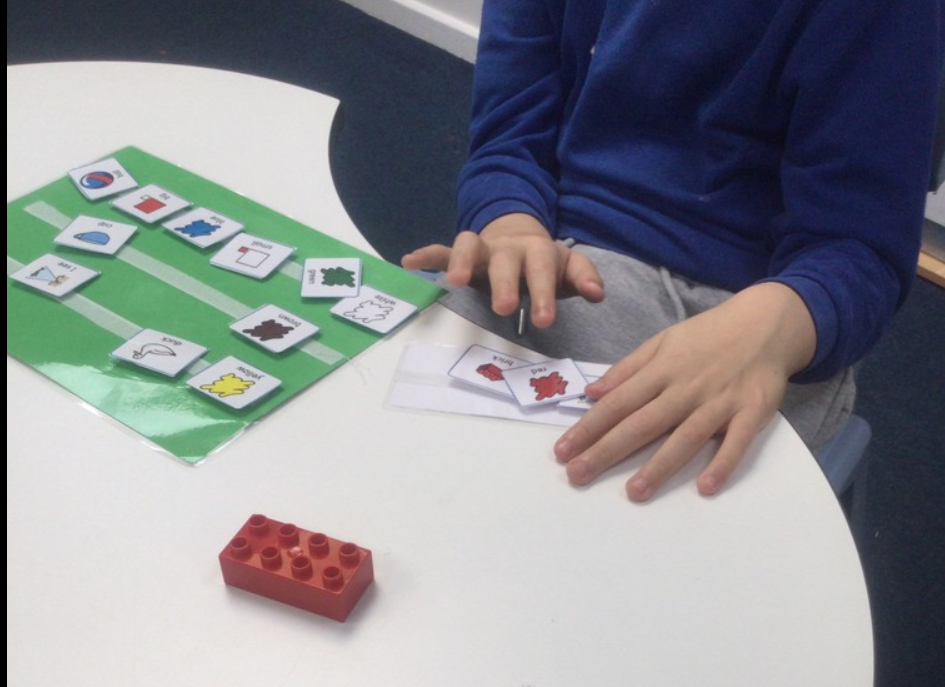
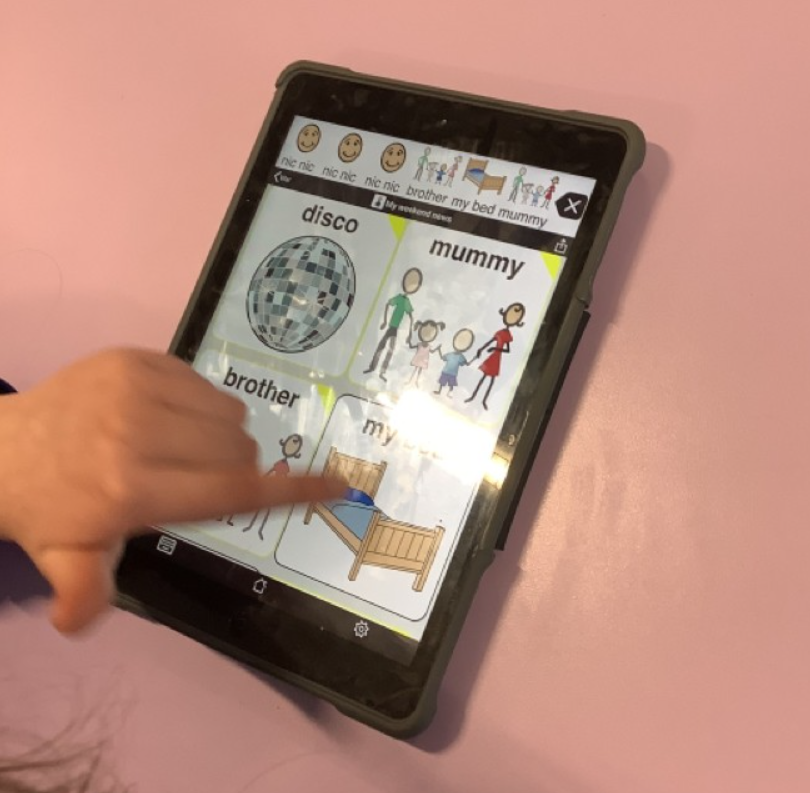 Proloquo
Proloquo 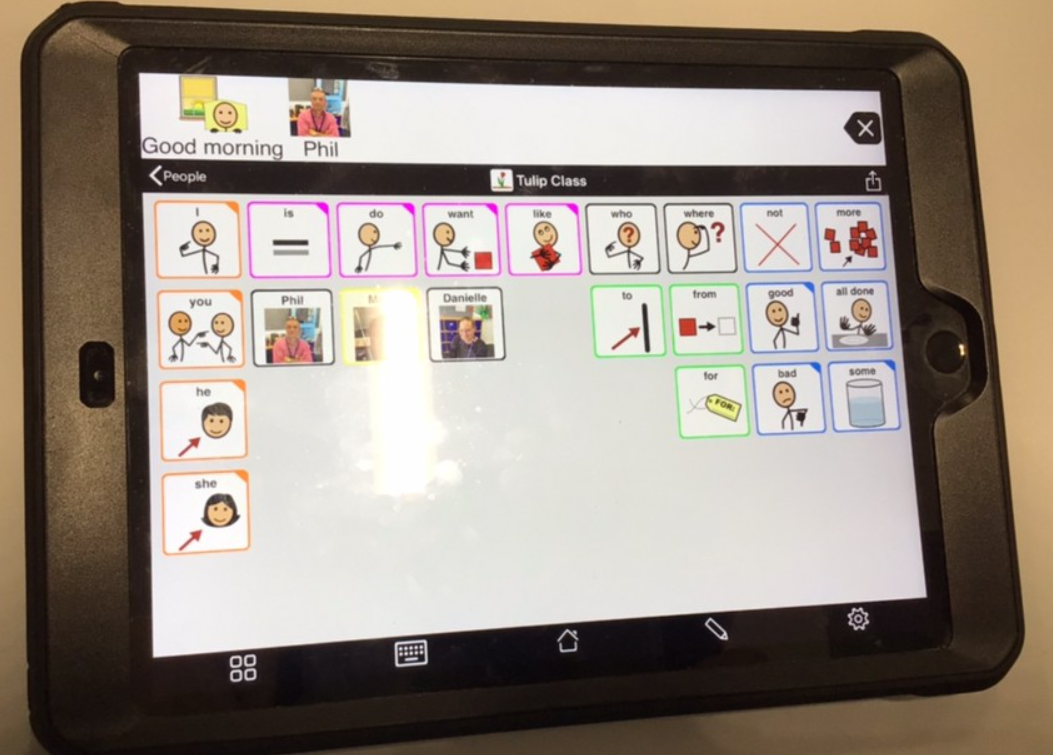
Total Communication approaches can be high tech, low tech or no tech. Training for staff is planned for in a structured and appropriate way.
